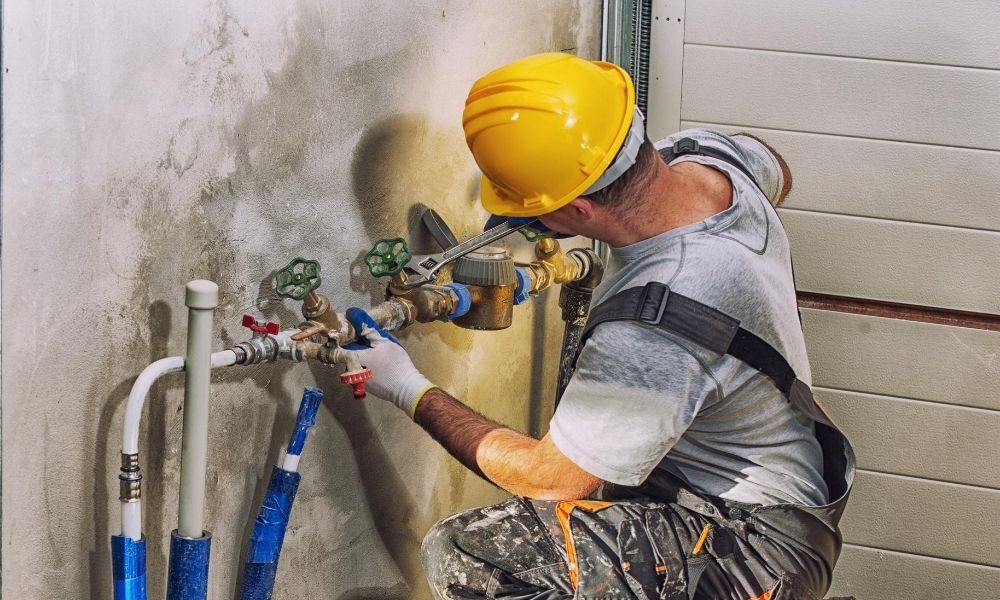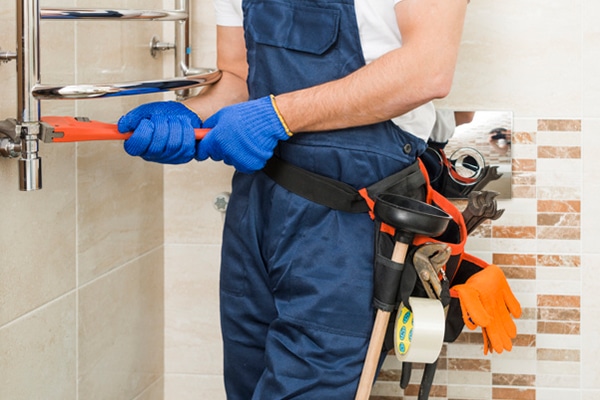Types Of Plumbing Leak Detection Methods Used By Professional

Have you ever noticed a mysterious spike in your water bill or found damp spots on your walls with no clear source? If so, you might be dealing with a hidden plumbing leak. While some leaks are obvious, others can be tricky to detect without professional tools. That’s where expert plumbers come in, using advanced methods to pinpoint leaks before they cause major damage.
So, how do professionals find leaks hidden behind walls, underground, or beneath floors? Let’s take a look at the most effective leak detection methods used today.
1. Acoustic Leak Detection
Did you know that leaks make sounds? Even tiny drips or escaping water from a pipe produce a distinct noise. Plumbers use acoustic listening devices to amplify these sounds and locate leaks, even through concrete or underground. These tools work like a stethoscope for your plumbing system, helping experts find leaks without tearing up your home.
2. Video Pipe Inspection
Sometimes, the best way to detect a leak is to look inside the pipes. Plumbers use small, high-resolution cameras attached to flexible cables that are inserted into the plumbing system. The camera provides a live feed, allowing professionals to see cracks, clogs, or weak spots inside the pipes. This method is especially useful for underground pipes or areas that are otherwise impossible to inspect visually.
3. Thermal Imaging
Water leaks often cause temperature changes in surrounding materials. Using infrared thermal cameras, plumbers can detect temperature variations in walls, floors, or ceilings. This technique helps find leaks that might not be visible to the naked eye. If there’s moisture buildup, the camera will highlight the affected area, making it easier to locate the problem.
4. Noise Correlation Technology

For larger or more complex plumbing systems, professionals use noise correlators a high-tech tool that places sensors at two points along a pipe. These sensors detect how sound travels through the pipe and pinpoint the exact location of a leak. This method is particularly effective for long underground pipes where traditional detection techniques might not work.
5. Water Pressure Testing
Ever wondered if your home is losing water without you knowing? Plumbers perform pressure tests by shutting off all fixtures and monitoring the water pressure in your system. If the pressure drops, it indicates a leak somewhere in the plumbing. This test helps determine whether a leak is present before moving on to more advanced detection methods.
Don’t Ignore Hidden Leaks
Ignoring small leaks can lead to expensive repairs, water damage, and mold growth. The sooner a plumbing leak is detected, the easier and cheaper it is to fix.




